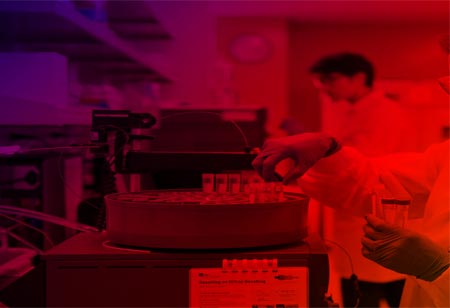Thank you for Subscribing to Healthcare Business Review Weekly Brief
Be first to read the latest tech news, Industry Leader's Insights, and CIO interviews of medium and large enterprises exclusively from Healthcare Business Review
The Changing Face of Plastic Surgery
The aim of the surgical speciality of plastic surgery is the reconstruction or repair of skin and tissue damage.

By
Healthcare Business Review | Friday, February 10, 2023
Stay ahead of the industry with exclusive feature stories on the top companies, expert insights and the latest news delivered straight to your inbox. Subscribe today.
Plastic surgery is a surgical speciality that focuses on reconstructing or repairing damaged tissues and skin. It aims to improve a person’s appearance, restore function, and enhance self-esteem.
FREMONT, CA
The aim of the surgical speciality of plastic surgery is the reconstruction or repair of skin and tissue damage. It seeks to promote self-esteem while also enhancing function and beauty. Plastic surgery technology has advanced significantly over time, making it safer and more efficient than before.
Around 600 B.C. the technique of using a forehead flap for nasal reconstruction was first mentioned in Sushruta's Samhita, which is where the history of plastic surgery can be found. As surgical techniques in this area have advanced over time, Eduard Zeis formally referred to these operations as "plastic" surgery in 1838, taking his cue from the Greek word "Plastikós," which means "moldable." Even though the name has been established, there is still debate about the term's meaning and provenance because other words with comparable meanings, like "reconstructive," were not utilised.
With the start of the industrial revolution and the widespread use of synthetic polymers in daily life, the meaning of the word "plastic" has changed. The Merriam-Webster dictionary reflects this, with the first meaning of plastic being made or comprised of plastic, underscoring the perspective shift and potential misunderstandings around plastic surgery in popular culture.
Modern medical education and practice have been significantly impacted by the incorporation of cutting-edge technologies like virtual reality, haptic technology, simulation, and robotics, among others. Due to their uses in medicine, these technologies are receiving a lot of interest in the fields of medicine, computer science, engineering, and popular culture.
Minimally Invasive Techniques
Liposuction: The main purposes of liposuction are to remove deep and surface fat deposits and alter the shape of the body. It has evolved into an essential auxiliary technique to enhance the outcomes of numerous cosmetic surgeries, including reduction mammoplasty, tummy tuck, arm lift, thigh lift, and post-bariatric body contouring. In reconstructive surgery, liposuction is also used to treat a variety of disorders, including lipomas, lip edema, lipodystrophies, pseudo- and gynecomastia, lymphedema, and others. Liposuction has a low complication rate when compared with traditional excisional surgery, with most complications resulting from poor technique execution and inadequate pre-and postoperative care.
Non-surgical facelifts: A youthful, lifted appearance can be achieved with little to no side effects and quick recovery time using minimally invasive, non-surgical procedures. An increasing number of people are pursuing these operations to maintain their youthful appearance because of increased awareness and growing cultural acceptance. PDO threads with hyaluronic acid fillers have been found to provide quick, long-lasting results with very little downtime for face rejuvenation and lifting.






